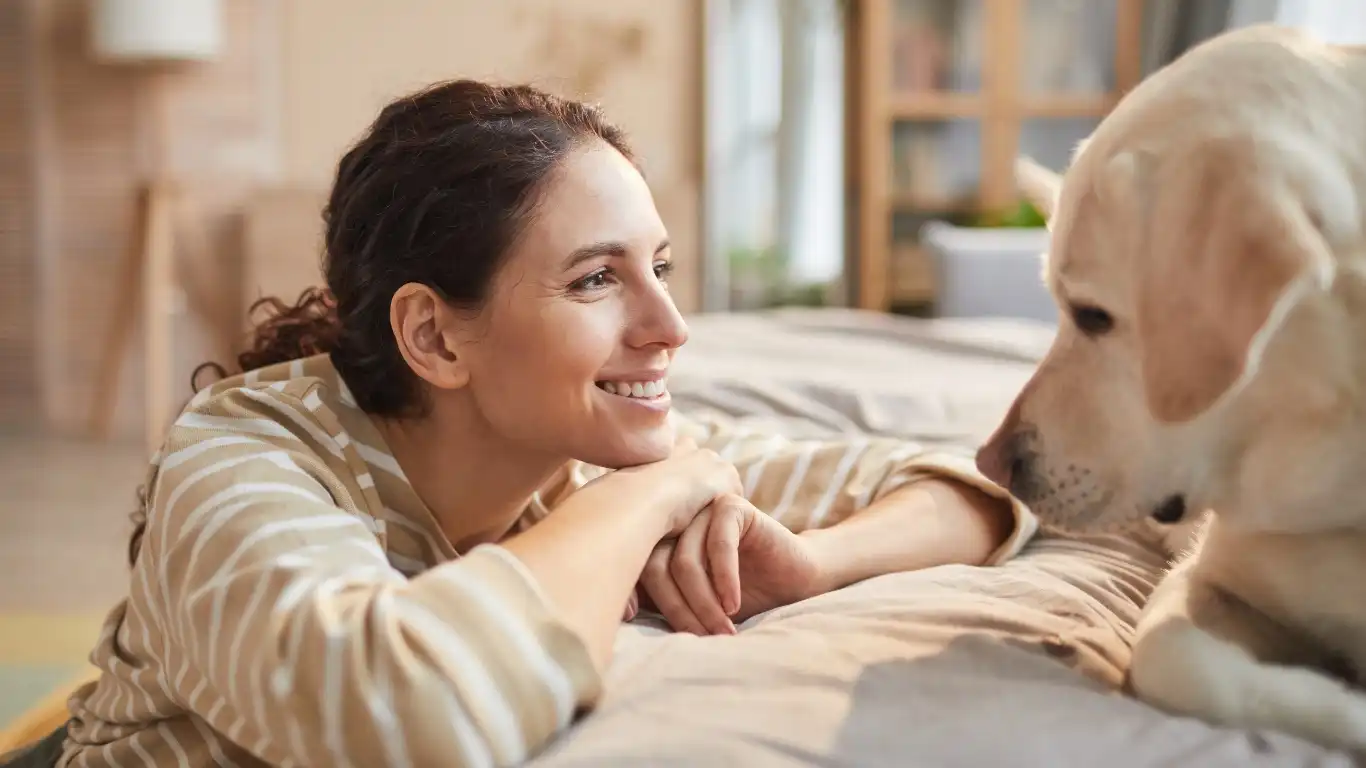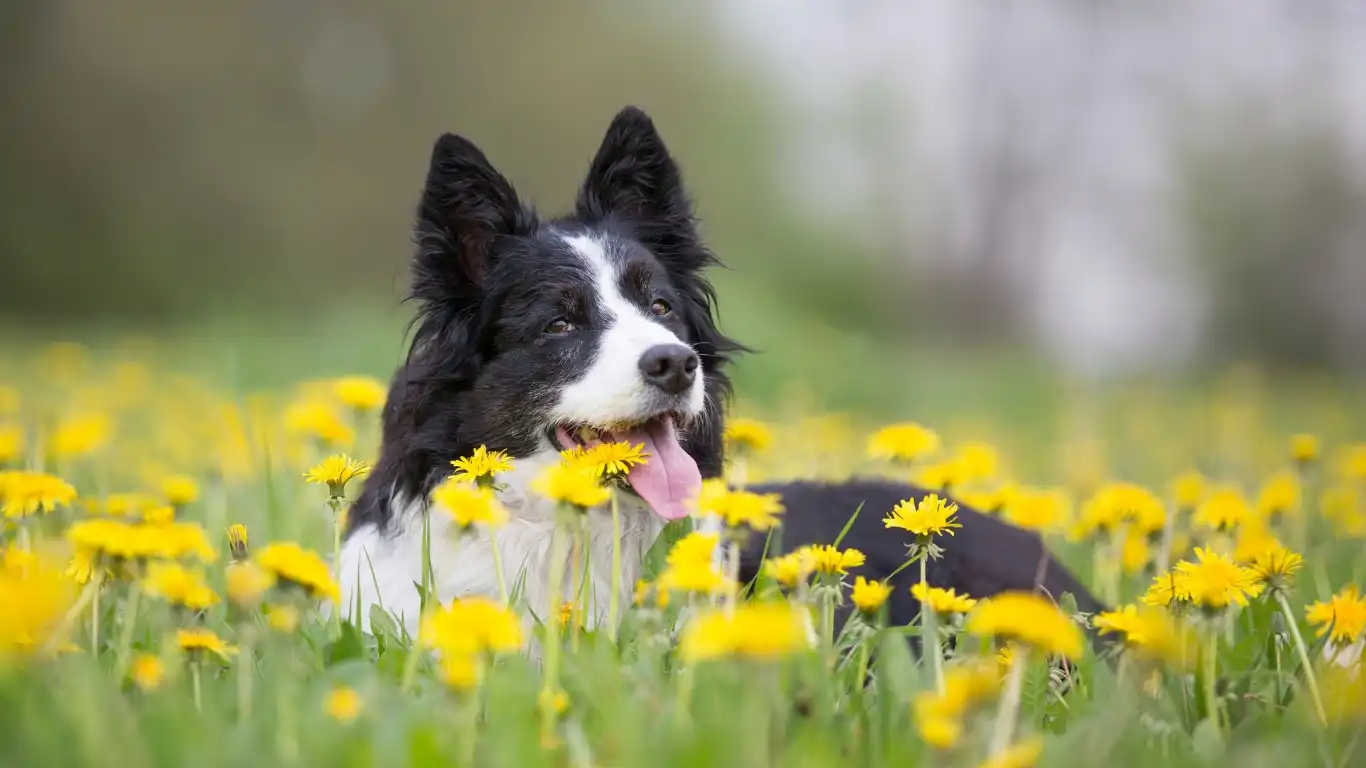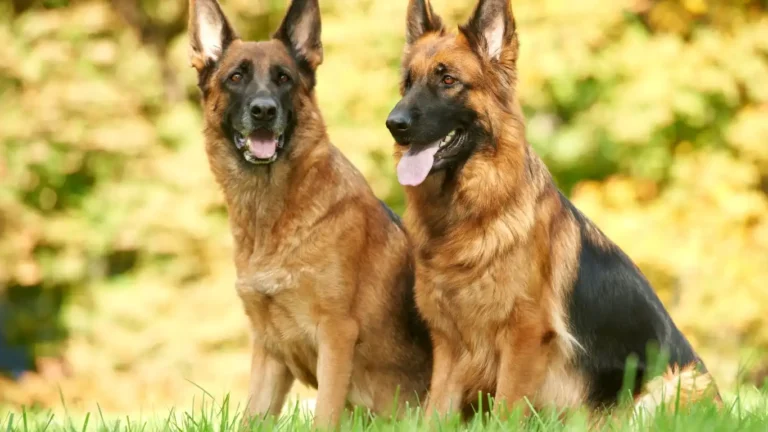Best Tips on How to Pick the Right Toys for Solo Dog Play
If you’re like most dog parents I work with, you’ve probably asked yourself at some point: how to pick the right toys for solo dog play. I get it — not every moment can be spent tossing a ball or playing tug-of-war (though my own pup would vote for that 24/7). As a vet tech and canine nutrition nerd, I’ve had the chance to observe and troubleshoot a lot of behavioral quirks and chewing disasters all linked to the same issue — boredom and the *wrong* kind of solo toys. So let’s dive into this head-first (or should I say nose-first?), and talk real talk about picking the perfect toys to keep your dog safely entertained when you’re not around.
Understanding Your Dog’s Solo Play Style

Why Solo Play Matters More Than You Think
Here’s the thing — dogs don’t get Netflix. They can’t scroll Instagram when they’re bored. If they’re left alone without mental stimulation, they’ll create their own version of fun. (Trust me, I once had a client’s Lab who tore into an entire couch cushion collection… guess what wasn’t in his toy basket? A single solo-play chew toy.)
Solo play encourages independent problem solving, reduces anxiety, and curbs destructive behaviors. But only if the toys actually match your dog’s energy level, size, and play instincts.
Chewer? Chaser? Sniffer? Know Your Dog’s Play Drive
Every dog has a unique way of engaging with toys. From my experience in clinical settings and nutrition consults, dogs usually fall into a few solo-play profiles:
- The Power Chewer – Think Pit Bulls, Boxers, and even some tiny terriers with jaws of steel. These dogs need durable, textured chew toys made of rubber or nylon.
- The Puzzle Solver – These are your thinkers: Border Collies, Poodles, and those clever mutts that can open treat jars. Give them interactive treat-dispensing puzzles that challenge their brain.
- The Scent Seeker – Hounds and scent-driven breeds (Beagles, Bloodhounds) thrive with hide-and-sniff toys that let them use that incredible nose.
- The Fetch-Obsessed – Retrievers and high-energy pups need toys that bounce unpredictably or roll far — think automatic ball launchers or self-returning toys.
So before you even hit that pet aisle or order online, take a pause and think: what really gets your pup excited when they play alone?
What Makes a Toy “Right” for Solo Dog Play?

Safety First, Always
This one’s personal for me. I’ve removed more than one piece of a destroyed plastic squeaker from a dog’s gut. Rule #1: if you wouldn’t leave it alone with a toddler, don’t leave it alone with your dog.
- No detachable parts – Eyes, buttons, or anything that can be ripped off and swallowed? Hard no.
- Size matters – Avoid anything small enough to become a choking hazard. As a general rule, toys should be bigger than your dog’s mouth when open.
- Material durability – Soft plushies are fine *if* your dog isn’t a shredder. Otherwise, look for non-toxic rubber, heavy-duty fabrics, or dental-grade nylon.
I always tell clients: supervise the first couple play sessions with any new toy. Watch how your dog interacts. Chews slowly? Flings it across the floor? Tries to dissect it like a frog in biology class? That tells you a lot about whether the toy will be a long-term success or a five-minute disaster.
Engagement Over Entertainment
A solo toy shouldn’t just sit there. The best ones *do something* — dispense food, bounce oddly, squeak unexpectedly, or even wiggle on their own. You want to trigger curiosity and movement. Dogs aren’t lazy — but they *will* ignore boring toys.
One of my favorite recommendations? The classic rubber treat-stuffer (you know the one I mean — rhymes with “gong”). Pop in some frozen wet food or kibble with pumpkin puree, and boom — you’ve got a 45-minute mental workout. And a happy, calm dog.
Top Toy Types That Nail Solo Play

Interactive Treat Dispensers
I can’t overstate how much I love recommending treat-dispensing toys. They turn snack time into a brain game. Not only do they give dogs a goal to work toward, but they also help slow down fast eaters. One client of mine had a Schnauzer who used to inhale his food — we swapped his bowl for a treat puzzle and boom, feeding time turned into a calm, focused activity.
Some of my go-to’s:
- Rolling dispensers – Great for dogs who like to nudge and chase.
- Snuffle mats – Basically a treasure hunt using your dog’s nose. Ideal for scent-focused breeds.
- Stackable puzzle feeders – You can adjust the difficulty level, which is amazing as your dog gets smarter.
Chew Toys That Do More Than Satisfy
Chewing is more than a hobby — it’s a de-stressing ritual for most dogs. Especially when they’re alone. The trick is to offer chews that hold up and give a little reward. Think textured surfaces, hidden flavors, or even dental benefits.
Veterinary insight here: avoid rawhide like the plague. It’s not digestible and can cause blockages. I’ve treated more GI emergencies from rawhide than I care to count. Instead, try:
- Natural rubber chews – Durable and often flavored.
- Antler chews (split) – Long-lasting and rich in minerals, but monitor wear.
- Dental chews with ridges – These clean teeth while your dog gnaws away.
Tailoring Toy Choices to Age and Size

Puppy Play Essentials
Let’s be real — puppies are chaos in tiny fur suits. They need toys that are soft on those teething gums but still engaging. When I raised my foster pup (a wild little Cattle Dog mix), I found that soft rubber chews with scent options were a total game-changer. Bonus if you can chill them in the freezer — perfect for sore teeth.
Look for:
- Soft rubber tuggers
- Crinkle plushies with reinforced seams
- Teething rings or freezable toys
Senior Dogs Need Play Too
I’ve met plenty of senior dogs who still have that spark. They just need toys that are gentler on joints and aging teeth. One of my favorite patients, a 12-year-old Golden Retriever named Gus, loved his snuffle mat more than any other toy. It didn’t require jumping or hard chewing, but it kept his mind sharp.
Best picks for older dogs include:
- Soft-textured chews – Think plush-covered rubber bones.
- Scent-based puzzles – Easy on the body, great for the brain.
- Low-impact rolling toys – That move but don’t bounce too wildly.
Signs Your Dog’s Solo Toys Are Actually Working

Behavior Changes to Watch For
As someone who works closely with both pet parents and behavioral specialists, I can tell you — when a toy hits the mark, you’ll know. A dog who was once pacing or barking might start chilling out post-play. You may even see them head straight for their favorite toy right after you leave for work — that’s the dream!
Some positive signs include:
- Less destructive behavior – Shoes and furniture suddenly safe? Big win.
- More relaxed body language – Dogs who play with engaging toys tend to rest better.
- Increased independence – Your dog entertains themselves without needing constant attention.
When It’s Time to Switch Things Up
Even the best solo toys lose their magic over time. I always tell my clients: rotate toys like you rotate your wardrobe. Bring out a couple at a time, and stash the rest. This keeps things fresh and exciting. If your dog starts ignoring a toy, don’t toss it immediately — put it away and bring it back out in a few weeks. Sometimes, they fall in love with it all over again.
Also, listen to your dog. If they’re not interested, they’re telling you something — the toy might be too easy, too hard, or just plain boring. And honestly, don’t be afraid to get a little weird with your toy picks. I once had a Frenchie patient who was obsessed with an old toddler toy phone. Whatever works, right?
Keeping It Fresh: Toy Rotation and Enrichment Routines

Why Toy Rotation Is a Game-Changer
Okay, let me let you in on a little trick I recommend to every pet parent during my consults: rotate your dog’s toys like you rotate your playlist. We don’t listen to the same three songs on loop forever, right? (Unless it’s that one Taylor Swift track — no judgment.) Dogs crave novelty. Even their most beloved squeaky chicken loses its spark if it’s always lying around.
I like to keep 3-4 toys out and stash the rest in a bin. Every few days, I swap in a “new” one. The moment your pup sees that forgotten toy reappear? It’s like Christmas morning all over again. And the best part? You don’t have to keep spending money — you’re just reintroducing excitement in a super simple way.
Building a Daily Solo Play Routine
Solo play doesn’t have to mean random or chaotic. I always suggest creating a little rhythm to it. When your dog knows that after breakfast, they get a stuffed chew toy, or that during your Zoom meetings, it’s puzzle time, it builds calm confidence and reduces anxiety.
Here’s a quick sample daily enrichment flow I’ve helped clients use:
- Morning: Frozen treat toy after breakfast while you get ready for work.
- Midday: Snuffle mat or food puzzle if someone can pop in or if you’re working from home.
- Afternoon: Hard chew toy or interactive dispenser.
- Evening: Calming plush toy or lick mat during your wind-down time.
It doesn’t need to be fancy — just thoughtful. I’ve seen the shift in behavior and mood even in high-anxiety breeds when this kind of structure is in place.
DIY Dog Toy Ideas That Actually Work

Safe, Budget-Friendly Options
You don’t need to drain your wallet to keep your dog entertained. Some of the best toys I’ve seen came from repurposed household stuff — as long as safety stays front and center. I’ve made it a point to test these ideas with patients (with pet parent supervision, of course), and they’re total hits.
Here are a few DIY go-tos:
- Towel knot toy – Take an old towel, tie it into a thick knot, and boom — a textured tug or chew toy.
- Water bottle in a sock – The crunch is super satisfying for dogs. Just make sure the cap is off and it’s fully supervised.
- Egg carton treat puzzle – Fill the compartments with kibble, shut the lid lightly. Instant brain game!
- Frozen broth cubes – Chicken broth (low sodium!) frozen with bits of carrot or kibble inside makes for a hot-day treat.
Pro tip: always monitor your dog the first time they use a DIY toy. Not all dogs will respect the “no eat” rule with socks or cardboard. If your pup is a shredder, stick with safer commercial toys made for heavy chewers.
Final Thoughts on How to Pick the Right Toys for Solo Dog Play
It’s About More Than Entertainment
In my years as a vet tech, I’ve seen time and again that solo play isn’t just about filling time — it’s about enrichment, confidence, and well-being. The right toys can prevent behavioral issues, ease separation anxiety, and improve your dog’s overall mental health. And when they’re paired with a thoughtful routine? You’ve got a happy pup who thrives, not just survives, when you’re away.
Remember, no single toy is the magic answer. It’s about observing your dog, being willing to experiment, and keeping things fresh. Whether you’re raising a new pup or helping a senior enjoy their golden years, solo play is an important part of a full, happy life.
And hey, if you ever feel stuck, don’t hesitate to reach out to your vet, a behaviorist, or a qualified trainer. I’m constantly amazed at how much support is out there for dog parents now. And you’re not alone in wanting the best for your furball.
References
- American Veterinary Medical Association
- ASPCA
- PetMD
- Fear Free Happy Homes
- Tufts University Veterinary Resources
Disclaimer
This article is for informational purposes only and is based on the author’s professional experience as a veterinary technician specializing in canine nutrition. It is not intended to replace personalized medical advice. Always consult your veterinarian before introducing new toys or enrichment strategies, especially for dogs with health conditions, special dietary needs, or behavioral concerns.





